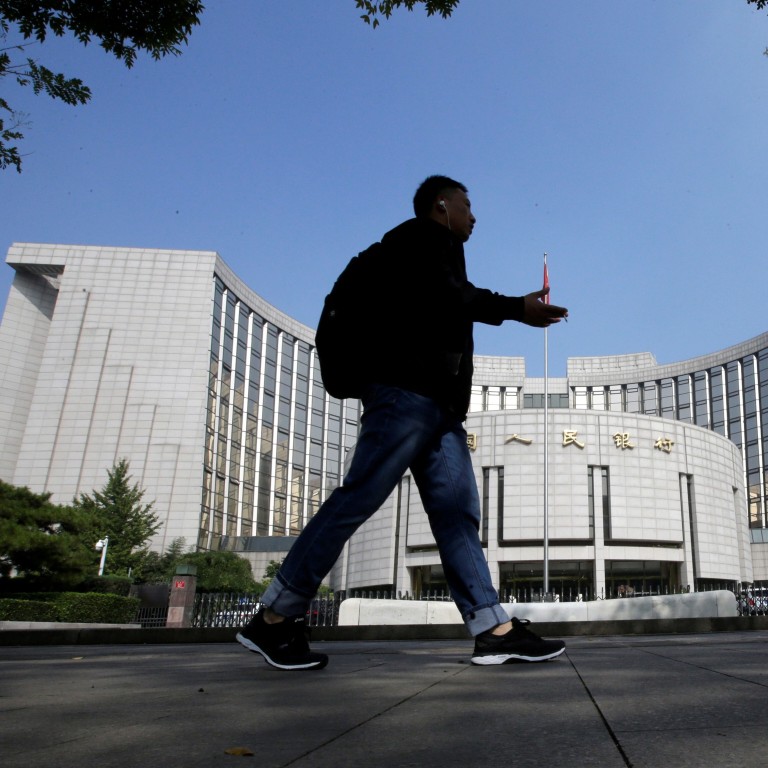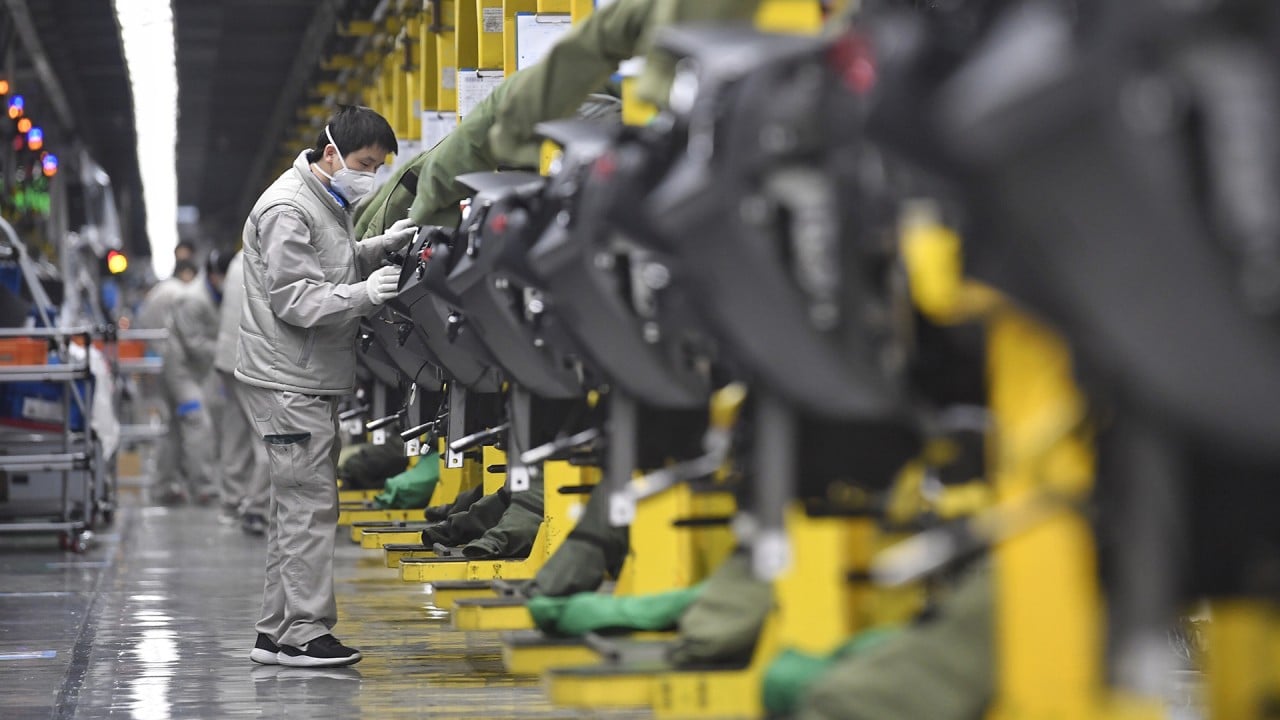
China’s moves to curb market speculation are not ‘abrupt’ exit from coronavirus stimulus
- The People’s Bank of China (PBOC) offered 2 billion yuan (US$309 million) in new liquidity on Tuesday, a far lower amount than the market expected
- This raised market speculation that it may have started a faster-than-expected reduction of coronavirus stimulus given forecasts for strong economic growth
Unexpected moves by China’s central bank to reduce liquidity in the banking system do not represent an “abrupt” and long-lasting policy change, but are in fact an effort to protect against property and financial speculation by drawing a “red line” to guard against increasing debt.
Worries about a tightening of policy, viewed as particularly unusual ahead of the Lunar New Year holiday, drove up the overnight interest rate that banks use to borrow from each other to a 21-month high of 2.97 per cent.
However, analysts played down the prospect of any rapid reduction in monetary stimulus, arguing that policymakers are addressing some risks in the financial system – including high leverage in the market, the high exposure of institutions to lending in the property sector, the sharp rise in speculative inflows of hot money to buy into the better returns on offer in Chinese markets and the strength of the country’s economic rebound.
The weak economic performance owing to the resurgence of Covid-19 cases [in recent weeks] and [the economic impact of] subsequent restrictive measures don’t justify such liquidity drainage
“It doesn’t represent an abrupt policy turn, nor will it last long,” said Ding Shuang, chief Greater China economist at Standard Chartered Bank, who added that he expects a resumption of liquidity injections in the near future to support the economy.
“The weak economic performance owing to the resurgence of Covid-19 cases [in recent weeks] and [the economic impact of] subsequent restrictive measures don’t justify such liquidity drainage.”
Recent statements by its top officials underlined the PBOC remains committed to supporting the real economy, analysts added.
The Shanghai interbank offered rate, a key market interest rate, rose further on Wednesday when sales of 180 billion yuan (US$27.8 billion) in new securities by the PBOC was not enough to offset the 280 billion yuan in securities that were due to expire later the same day, representing a net drain of 100 billion yuan from the banking system.
Each round of the flood of overseas liquidity will push domestic prices of property, stocks and bonds higher. There are already signs of asset bubbles
The surprise tightening moves triggered heavy debate in Beijing’s economic policy circles on Tuesday and Wednesday, with some defending the central bank’s move, noting the rise of the economy’s overall debt-to-gross domestic product leverage ratio by more than 20 percentage points last year had increased risks to the country’s financial system.
Others argued the move to tighten was premature given that the economic recovery remains fragile, requiring further government support.
“Each round of the flood of overseas liquidity will push domestic prices of property, stocks and bonds higher. There are already signs of asset bubbles. Now the red line has been drawn,” said Qu Qiang, a senior researcher at Renmin University’s International Monetary Institute.
The moves also drew global attention as China has been seen as a favoured investment destination for the tidal wave of money being poured into the global financial system by the aggressive fiscal and monetary easing policies in major developed economies.
Ding added that the PBOC’s moves this week are targeting risks that have built up in domestic stock and bond markets.
“It is a warning against further financial leveraging,” he said.
Given the strong rebound in the economy last year, China is poised to begin exiting its 9 trillion yuan (US$1.4 billion) of economic stimulus rolled out early last year to combat the pandemic and support the small businesses.
PBOC governor Yi Gang reiterated the message in his remarks at the virtual Davos Agenda conference on Tuesday, continuing the tone set at the central economic work conference in December.
Beijing is attempting to strike a difficult balance between control of a resurgence in coronavirus cases with a reduction in domestic financial risks and efforts to improve relations with the new Biden administration in the United States.
Financial stability has moved higher on the government’s policy agenda, and last week, the PBOC convened a four-day symposium of department heads to convey the leadership’s instructions of the need to ensure financial stability while maintaining economic development.

01:33
China’s economy accelerated at end of 2020, but virus-hit annual growth lowest in 45 years
The downside risks were outlined by Ma Jun, a current central bank adviser and former chief economist of its research bureau, at a recent meeting of the China Wealth Management 50 Forum.
“In some areas, [asset] bubbles have already appeared,” he said, citing the large rise in stock indices as well as home prices in major cities like Shanghai and Shenzhen last year.
“If we don’t change direction, such problems will certainly continue and lead to bigger economic and financial risks in the future.”

